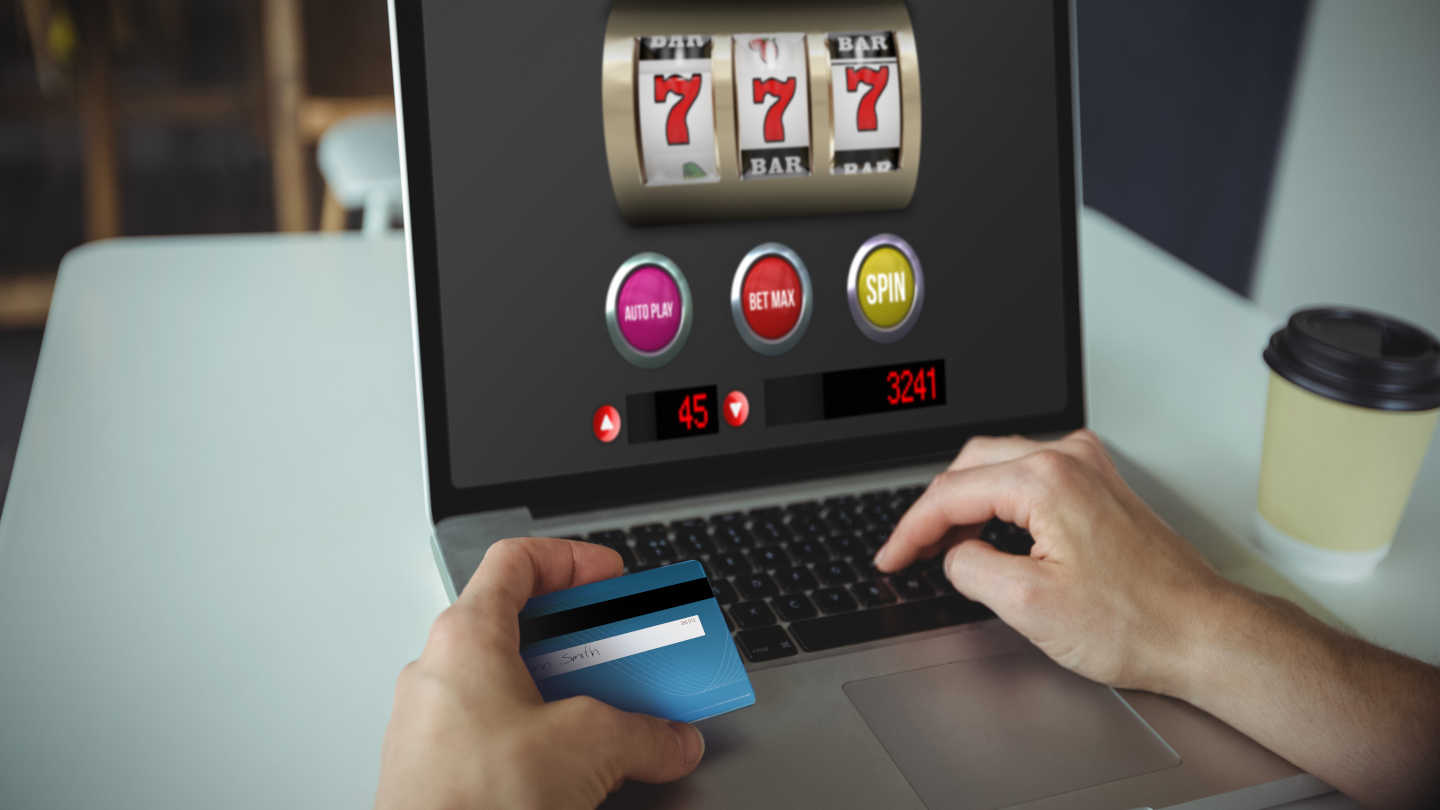Spanish 21 Rules – Learn How to Play This Blackjack Variation
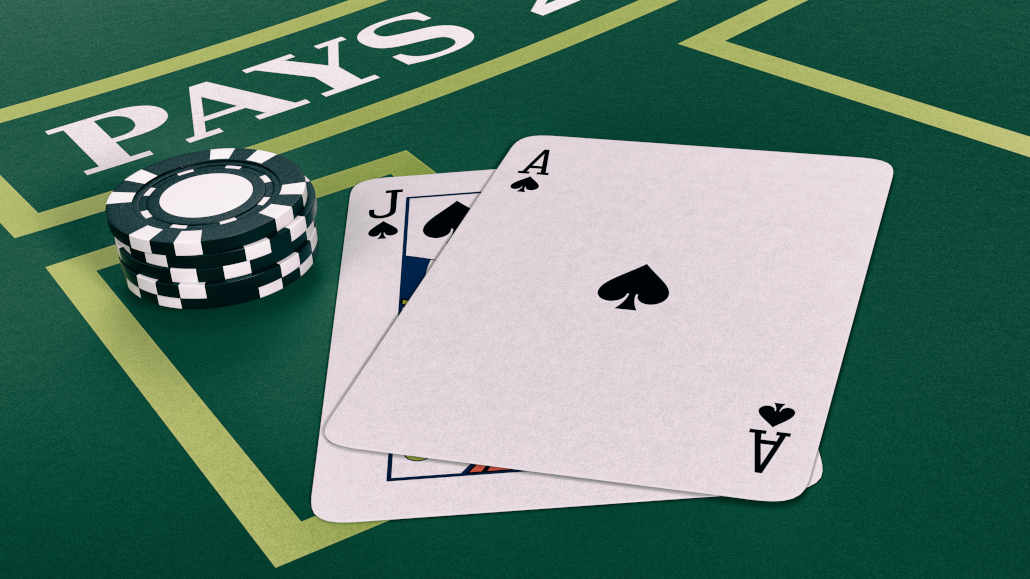
9 minutes
Last Updated: February 15, 2022
There’s no arguing that blackjack is one of the most popular casino games in the world. Gambling enthusiasts love it for its simplicity and because it’s a very exciting and engaging game.
As such, it has produced many variations over the years. One of the best-known and most widespread ones is certainly Spanish 21.
Spanish 21 is equally as easy to understand and quick to learn as blackjack. At the same time, it’s different enough that it puts a nice twist on a game that has been around for centuries.
If you want to try out Spanish 21, this is the perfect guide for you. We’ll cover everything you need to know about Spanish 21’s rules and share many other valuable tips.
What is Spanish 21? – Briefly Explained
It’s thought that blackjack was invented in one of the many French casinos in the 18th century.
In comparison, Spanish 21 is a much younger game, as it’s only been around for several decades. More precisely, this blackjack variation was first introduced in 1995.
Moreover, as a relatively new casino game, it’s even owned by a private company called Masque Publishing Inc.
That said, there are many unlicensed versions of Spanish 21 that have some differences but are based around the same gameplay principle as Spanish 21. The most famous of these is certainly Pontoon.
Rules of Spanish 21
As a variation of blackjack, Spanish 21 shares the same principles as the 21 game. The main objective of Spanish 21 is identical to that in blackjack.
This is to get to 21 or as close and have a higher-valued combination than the dealer.
So, just like in blackjack, you’re playing against the house and not against any other players at the blackjack table. Furthermore, the card rankings are also identical to those you’ll find in traditional blackjack.
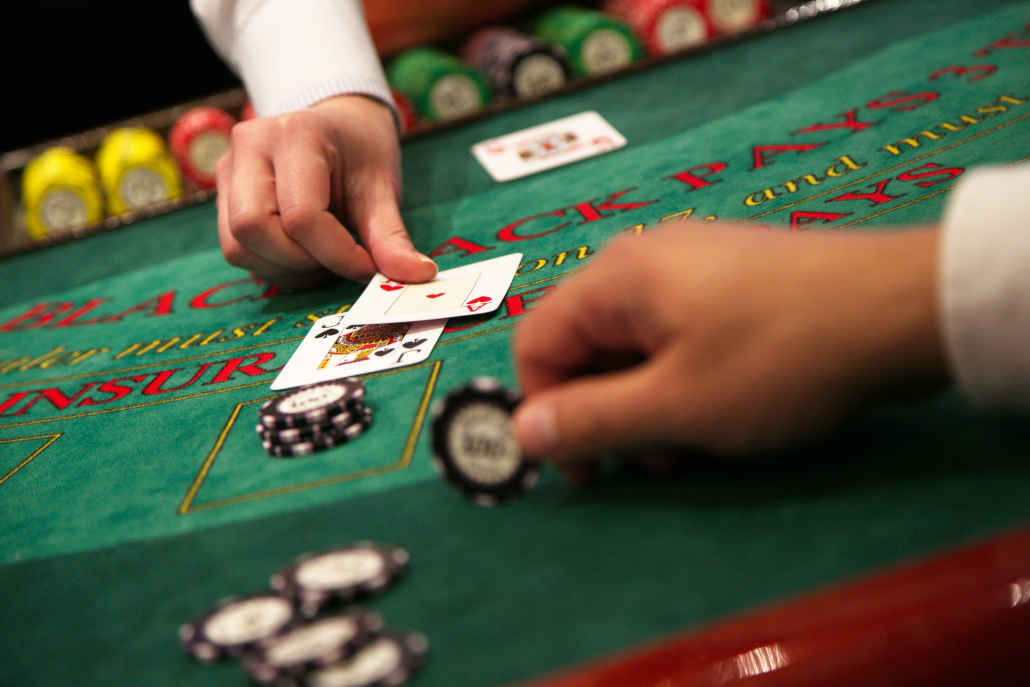
This means that if you know how to play one version, you’ll automatically have no trouble playing the other variation.
That said, this is where some notable differences start. While blackjack is sometimes played with one card deck (with multi-deck blackjack variations), Spanish 21 is almost always played with six to eight decks.
Moreover, while blackjack uses a standard 52-card deck, Spanish 21 uses a slightly modified 48-card deck. This is because all of the 10s are removed.
Spanish 21 Payouts
In regular blackjack, you’ll always get paid 1:1, unless you get a natural 21. This is not the case at all in Spanish 21, as this game offers specific payouts based on a number of different factors.
As a reference, here’s a detailed table of the Spanish 21 payouts you can expect:
| 21 Combination Is Made Of | Spanish 21 Payout |
| Five-card hand | 3:2 |
| Six-card hand | 2:1 |
| Seven-card hand | 3:1 |
| Three-card hand made of 6, 7, 8 | 3:2 |
| Three unsuited 7s | 3:2 |
| Three suited 7s | 2:1 |
| Three 7s in spades | 3:1 |
Additionally, we should also mention that these payouts don’t necessarily have to be the same in every casino offering the game.
For instance, rules on the number of decks or whether the dealer must hit or stand on a soft 17 vary depending on the casino. This means that the Spanish 21 payouts can also slightly vary based on this.
Spanish 21 Match the Dealer Side Bet
Match the dealer is a popular side bet you can find in most Spanish 21 games. As with all other blackjack side bets, you play this one additionally and separately from your main bet.
This bet doesn’t influence your main wager. So, you can lose the main bet and win the match the dealer bet, and vice versa.
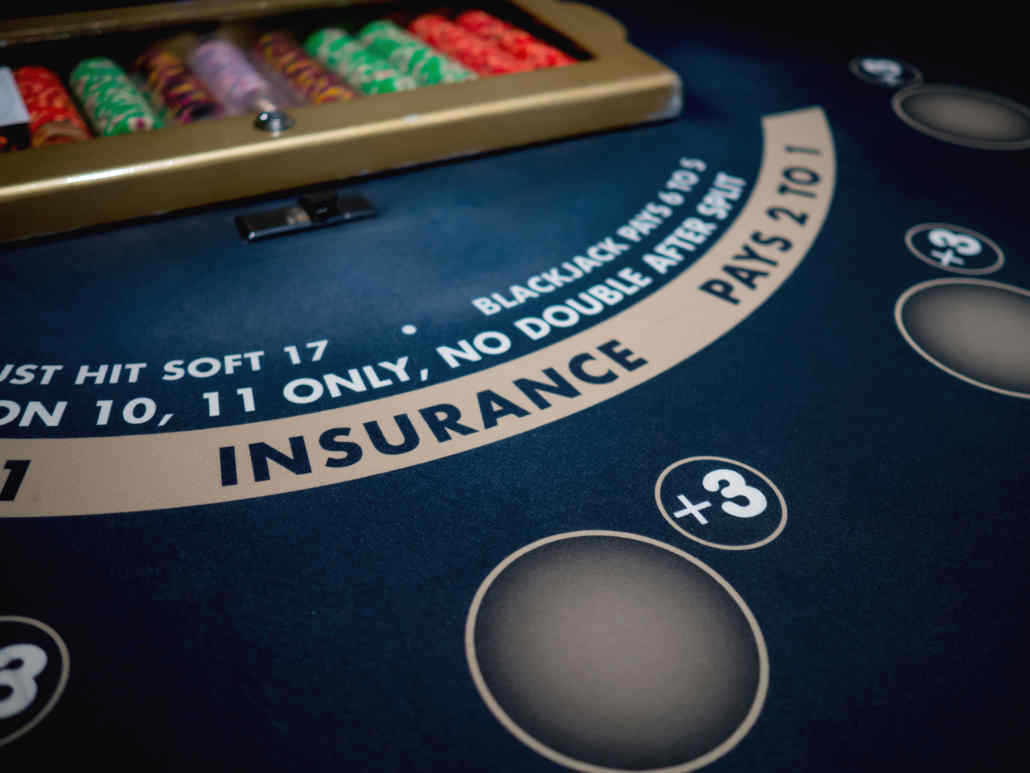
So, what does the match the dealer bet include? To put it simply, it covers your cards and the dealer’s up card.
More precisely, you place the bet whether one or both of your first two cards match the rank of the dealer’s up card.
This bet can be very rewarding but it also significantly increases the house edge, up to around three or more percent.
If both of your cards match the dealer’s card, you get a bigger payout. The exact payout depends on the number of decks used in the Spanish 21 game you’re playing.
Because of this, we’ve drafted this detailed Spanish 21 match the dealer table that covers all possibilities:
| Number of Decks Used | Suited Match | Offsuit Match | Double Offsuit Match | Double Suited Match | Suited and Offsuit Match |
| 2 | 15:1 | 4:1 | 8:1 | N/A | 19:1 |
| 4 | 10:1 | 4:1 | 8:1 | 20:1 | 14:1 |
| 5 | 13:1 | 3:1 | 6:1 | 26:1 | 16:1 |
| 6 | 9:1 | 4:1 | 8:1 | 18:1 | 13:1 |
| 8 | 12:1 | 3:1 | 6:1 | 24:1 | 15:1 |
Spanish 21 vs. Blackjack – What are The Differences?
To fully understand Spanish 21 rules in the context of general blackjack, we should also compare this game to the “vanilla” blackjack version.
Of course, you don’t need to be a professional gambler to see that there are several significant differences between the two versions.
The most apparent one is the absence of all tens in Spanish blackjack. More specifically, while Spanish 21 does include all of the same picture cards, you won’t find any number 10 cards.
What this means is that hitting a natural blackjack, or blackjack in general, will be more difficult.
That said, Spanish 21 isn’t so unfavorable, as there are other things that make it a more player-friendly game than regular blackjack.
For starters, the surrender in Spanish 21 means that you can get half of your stake every round. However, you can only do so after the dealer checks if they have a blackjack. This is known as a “late surrender.”
Another advantage that Spanish 21 has over regular blackjack is that it allows you to double down after you split. This is a huge game-changer.
For example, if you split a pair of aces, you’re in a great position to land a natural blackjack.
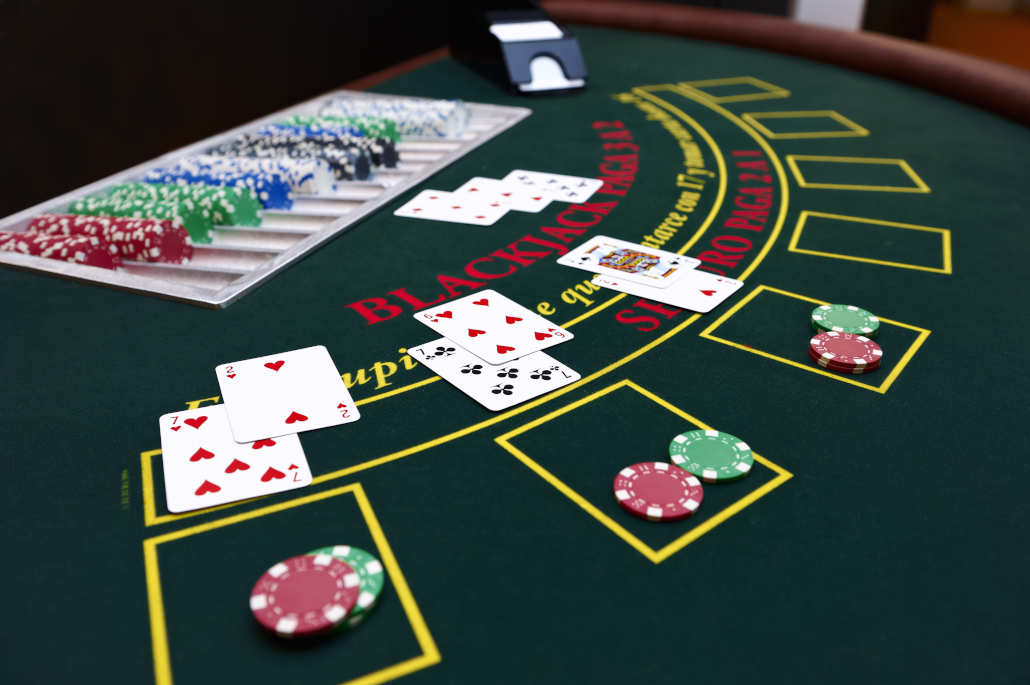
Moreover, if you get another ace, you can re-split again and put yourself in an even better winning position. So, even with the missing 10s, you still have plenty of opportunities.
Speaking of doubling down, Spanish 21 allows you to double down at any point. In comparison, we know that you can only double down in classic blackjack after receiving your first two cards.
This provides you with a potentially significant advantage, particularly when you see that the dealer has a fairly weak up card.
Lastly, probably the most favorable difference between Spanish 21 and blackjack is that there are no push situations.
In regular blackjack, if both you and the dealer have 21, the result is a push. But, according to Spanish 21 rules, you always win automatically in these situations.
After covering all of the advantages, it’s only fair to mention the disadvantages of Spanish 21 in comparison to blackjack.
We’ve already mentioned the most obvious one, which is that all of the 10s are removed from the game. But, there’s one more disadvantage of Spanish 21, albeit not that significant.
This game variant generally uses more decks than regular blackjack, either six or eight. This makes it nearly impossible for blackjack card counters to keep track of all the cards that go through and use this to their advantage.
That said, if you’re not a card counter, which most players aren’t, you shouldn’t be concerned about this perceived disadvantage.
Comparing the Blackjack and Spanish 21 House Edges
When comparing traditional blackjack and Spanish 21, it’s also key to focus on the house edge percentages to get the best overview.
After all, if you plan on focusing on one of these games in the long run, knowing the house edge is critical. This is because the lower the house edge is, the more value for your money you’ll get long-term.
In this context, the house edge in blackjack that you’ll play with primarily depends on how you play. For instance, inexperienced blackjack players and those making a lot of mistakes will play blackjack with a house edge of around 4% or more.

However, with an optimal blackjack strategy, you can bring down this percentage to about 0.5%. This means that for every $100 you bet at the casino, the house takes half a dollar. This is generally an outstandingly low house edge, as many other casino games have significantly higher percentages.
In comparison, Spanish 21 has a house edge of just around 0.4%. But, the Spanish 21’s percentage is much easier to achieve, as the strategy for this game is simpler, as we’ve discussed above.
When you know the dealer’s up card and have a strategy chart beside you, you won’t have much trouble making the optimal decisions and obtaining the 0.4% house edge.
How to Play Spanish 21 – Basic Strategies to Keep in Mind
Now that we’ve covered all of the rules, potential payouts, and discussed the differences between Spanish 21 and traditional blackjack, let’s also go over some basic Spanish 21 strategies.
These basic tips will go a long way toward maximizing your winning chances in this game. Taking this into account, here are some basic Spanish 21 strategies:
- Always split if you have a pair of Aces
- Stand on every hard total valued 18 or more
- Hit every hard total between 4 and 8, no matter the dealer’s up card
- Hit every soft total between 12 and 14, no matter the dealer’s up card
- Never split pairs made up of 4s, 5s, or 10s
- Never split suited 7s if a dealer shows a 7
With all of the above in mind, we also strongly recommend you use a Spanish 21 strategy chart.
While you can also use a standard blackjack chart, it doesn’t provide you the optimal strategy tips in this context, due to the slight differences between these two games.
Additional Tips & Tricks
Apart from the basic Spanish 21 strategies we’ve covered above, there are some general tips you should remember, as they apply to any situation when playing this game. So, here are some additional tips for Spanish 21:
- Don’t Go Overboard with Surrendering – The surrender option in Spanish 21 is great and can save you a lot of money if you know how to use it. But, many beginner players often use it too much, which makes them miss out on many potential winning situations.
- Match the Dealer Is Often a Poor Choice – As we’ve listed above, match the dealer promises some massive payouts. However, the prospect of such wins is not often worth it. If your main goal is maximizing your winning chances, you want the lowest house edge possible, so skipping this side bet is often the smartest way to go about it.
- Draw More Often than In Blackjack – As there are fewer ten-point cards in the deck, there’s a lower risk of busting out, especially when playing the eight-deck variation. So, while this doesn’t mean that you should always draw more, you should be freer with requesting more cards than you generally are in traditional blackjack.
Spanish 21 Blackjack – Key Takeaways
Spanish 21 is undoubtedly very popular across the globe and is played by many blackjack fans. As one of the best-known blackjack variations, it’s available in many land-based and online casinos.
If you like playing blackjack and Spanish 21 is available in the casino of your choice, we wholeheartedly recommend you try playing it.
With that said, when you do, make sure to remember all of the key information we’ve shared with you in this detailed Spanish 21 guide.
With a solid knowledge of the basic rules and strategies, plus with the tips we’ve highlighted above, we’re certain you’ll have a successful time playing this fun blackjack variation.
Of course, don’t forget to have a Spanish 21 chart by your side. Have fun, bet responsibly, and win big!







